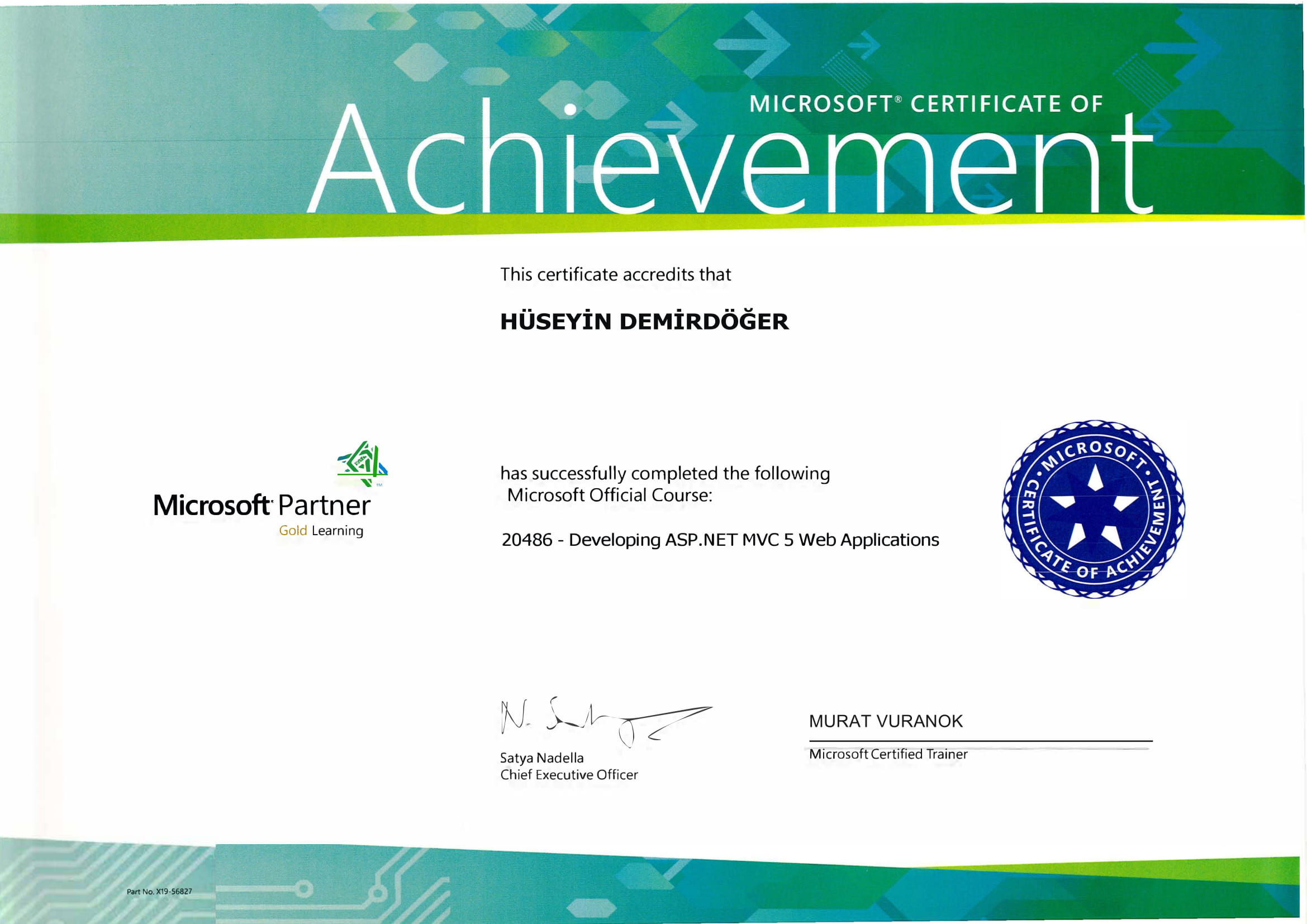Encountering the 0xc0000428 error code can be incredibly frustrating, especially when it disrupts your computer's startup process. This error typically surfaces when Windows cannot verify the digital signature of specific files needed for booting. As someone who's had their fair share of computer troubles, I understand how daunting this can be. Let's dive into a step-by-step guide to resolve this issue efficiently.
Understanding the 0xc0000428 Error
Before we jump into solutions, it's crucial to understand what the 0xc0000428 error signifies. This error code usually implies that a recently installed driver or software might have an invalid digital signature, causing Windows to halt during the startup process. Without this verification, your system perceives these files as a potential threat.
Step-by-Step Guide to Fix the 0xc0000428 Error
1. Startup Repair
One of the initial steps you can try is performing a Startup Repair.
- Restart your computer and press the F8 key before Windows starts loading. This will take you to the Advanced Boot Options menu.
- Select "Repair Your Computer" and press Enter.
- Choose your keyboard layout and enter your credentials if asked.
- Select "Startup Repair" from the recovery tools menu.
This process may take some time as it attempts to repair any issues preventing Windows from starting correctly.
2. Disable Driver Signature Enforcement Temporarily
If Startup Repair doesn't resolve the issue, you might want to disable driver signature enforcement temporarily.
- Access the Advanced Boot Options menu again by pressing F8 during boot.
- Select "Disable Driver Signature Enforcement" and press Enter.
This allows you to boot into Windows temporarily without needing to verify digital signatures, giving you a window to uninstall or update problematic drivers.
3. Update or Reinstall Drivers
Once you're in Windows:
- Open Device Manager by right-clicking on the Start button and selecting it from the list.
- Look for any devices with a yellow warning icon. Right-click on them and select "Update driver" or uninstall, then reinstall using the latest version from the manufacturer's website.
For more guidance on driver-related errors, you might find this Windows Error Code 0xc000021a solution informative.
4. Verify System Files
Another step is to check and repair system files using the System File Checker tool:
- Open Command Prompt as an administrator.
- Type
sfc /scannowand press Enter. This will scan and repair any corrupted files that could be causing the issue.
5. Reconsider Recent Changes
If the error appeared after a recent change, such as a new software installation or update, reverting this change can sometimes help. Check your system's update history or uninstall recent programs that might be causing the conflict.
External Resources and Support
For more comprehensive steps on addressing similar errors, you might want to review this Windows Error Code 0xc0000005 fix guide, which offers insights into resolving application crashes and installation failures.
Additionally, Microsoft's official resources provide extensive support and updates on managing digital signature issues, ensuring you have access to the latest solutions.
Conclusion
Handling the 0xc0000428 error may seem challenging, but with the correct procedure, you can restore your system to its normal function. It's about identifying the root cause and methodically applying fixes. Whether it's an issue with drivers or system files, this guide should put you on the right path. If the problem persists, professional technical support might be necessary.
What do you think about these solutions? Have you ever experienced something like this? Let us know in the comments below!


















